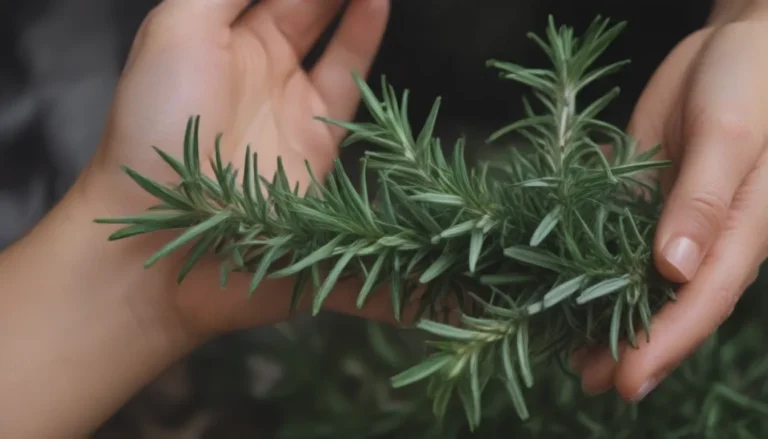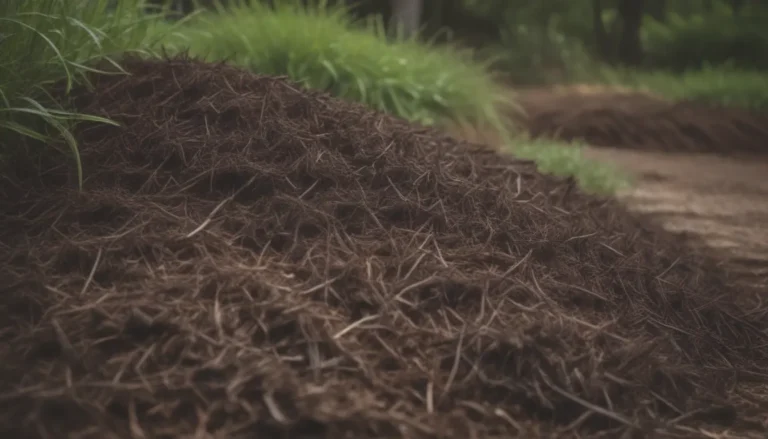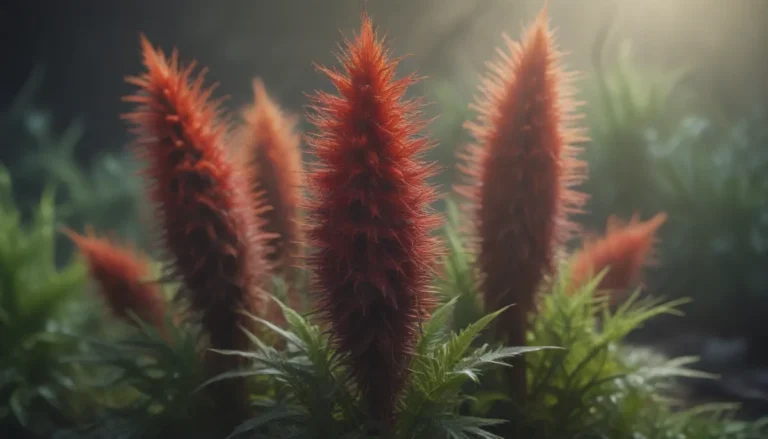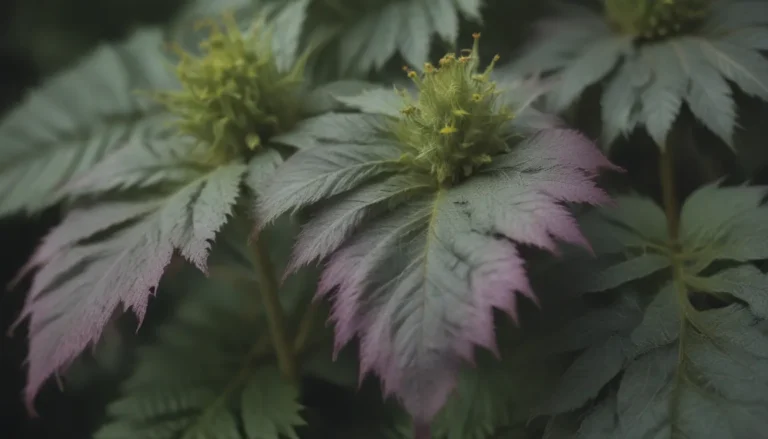Natural Spider Repellent Plants: A Complete Guide
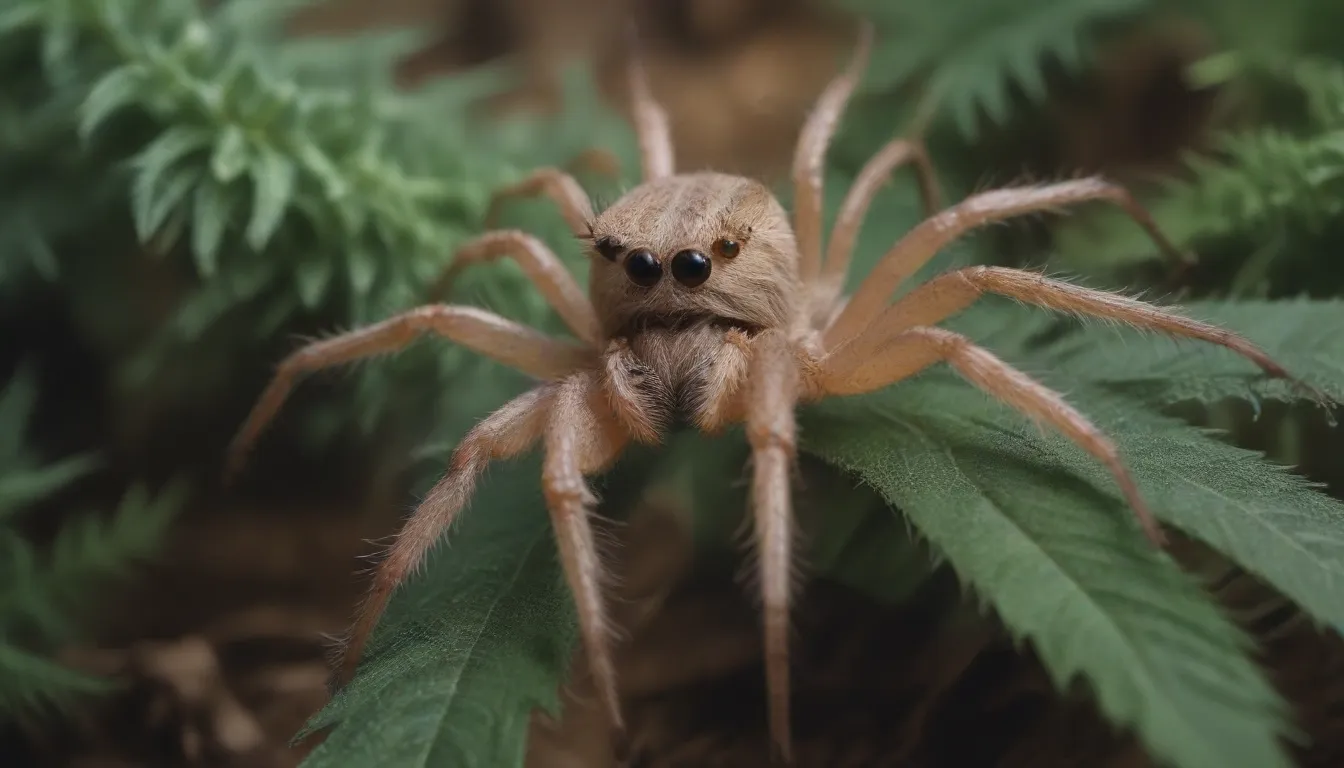
Are you tired of spiders invading your home? Do you want to find a natural way to keep them at bay without resorting to harmful chemicals? Look no further than plants! Plants, especially those with strong scents like herbs, can be powerful allies in your quest to repel spiders. Spiders tend to make their way indoors during colder months in search of warmth and food, creating unsightly webs that collect dust and lint. By strategically placing spider-repelling plants near entry points like doors and windows, you can create a barrier that spiders will think twice before crossing. In this comprehensive guide, we’ll explore a variety of indoor and outdoor plants that spiders hate, as well as tips on how to care for these plants to maximize their spider-repelling properties.
Benefits of Using Plants to Repel Spiders
Before we dive into the specific plants that repel spiders, let’s take a moment to appreciate the numerous benefits of using plants as natural pest deterrents:
- Environmentally friendly: Plants provide a safe and non-toxic alternative to chemical insecticides, reducing your carbon footprint.
- Cost-effective: Growing spider-repelling plants is often more affordable than purchasing commercial pest control products.
- Aesthetically pleasing: Many spider-repelling plants also double as beautiful ornamental additions to your home or garden.
- Health benefits: Some spider-repelling plants, like lavender and mint, have additional benefits such as stress relief and respiratory support.
Indoor Spider-Repelling Plants
-
Basil: All varieties of basil, including Genovese, cinnamon, lemon, and Thai basil, have a strong scent that spiders find off-putting. Basil is a cold-sensitive herb that can be grown indoors as a perennial in warm climates. Size: Small USDA Hardiness Zones: Varies Sun Exposure: Full sun Soil Needs: Well-draining Water: Regularly Fertilizer: Occasionally
-
Lavender: English lavender is known for its potent fragrance, making it an excellent choice for repelling spiders indoors. Lavender is a perennial that requires overwintering in cooler climates. Size: Medium USDA Hardiness Zones: 5-9 Sun Exposure: Full sun Soil Needs: Sandy, well-draining Water: Sparingly Fertilizer: Minimal
-
Mint: Peppermint, the cold-hardiest mint variety, emits a powerful scent that spiders dislike. Be cautious, as mint is toxic to pets when ingested. Size: Vigorous USDA Hardiness Zones: 3-11 Sun Exposure: Partial shade Soil Needs: Moist, fertile Water: Regularly Fertilizer: Minimal
-
Rosemary: While rosemary is typically a perennial, it may need to be overwintered indoors in most climates. With ample light, rosemary can thrive indoors year-round. Size: Medium USDA Hardiness Zones: 7-10 Sun Exposure: Full sun Soil Needs: Well-draining Water: Moderately Fertilizer: Occasionally
-
Lemon Balm: A hardy perennial that tends to spread, lemon balm requires plenty of sunlight to flourish indoors. Avoid over-fertilizing to maintain its spider-repelling scent. Size: Medium USDA Hardiness Zones: 4-9 Sun Exposure: Full sun to partial shade Soil Needs: Moist, well-draining Water: Regularly Fertilizer: Minimal
Outdoor Spider-Repelling Plants
-
Chrysanthemum: Despite being perennials, mums purchased in the fall may not survive the winter. Starting them from seed in spring is a more reliable way to grow them. Mums are effective at repelling spiders seeking warmth in the fall. Size: Varies USDA Hardiness Zones: 5-9 Sun Exposure: Full sun Soil Needs: Well-draining Water: Regularly Fertilizer: Occasionally
-
Citronella Grass: Citronella grass, known for its lemon scent, must be overwintered indoors in colder climates. In addition to repelling spiders, it also deters mosquitoes and other insects. Size: Tall USDA Hardiness Zones: 10-12 Sun Exposure: Full sun Soil Needs: Well-draining Water: Regularly Fertilizer: Occasionally
-
Sage: Cleveland sage and musk sage are especially aromatic varieties that can effectively repel spiders when grown outdoors. Avoid over-fertilizing common garden sage to preserve its scent. Size: Medium USDA Hardiness Zones: 5-9 Sun Exposure: Full sun Soil Needs: Well-draining Water: Sparingly Fertilizer: Minimal
-
Dill: An annual herb that dislikes transplanting, dill is best started from seed outdoors. For a continuous supply, sow dill seeds every four to six weeks throughout the growing season. Size: Medium USDA Hardiness Zones: 2-11 Sun Exposure: Full sun Soil Needs: Rich, well-draining Water: Regularly Fertilizer: Occasionally
Additional Spider-Repelling Plants
-
Chives: A low-maintenance herb with an onion scent that works effectively as a spider repellent. Be aware that chives, like other allium plants, are toxic to pets. Size: Low USDA Hardiness Zones: 3-10 Sun Exposure: Full sun to partial shade Soil Needs: Well-draining Water: Regularly Fertilizer: Occasionally
-
Catnip: A hardy perennial that can quickly spread, catnip is often grown in containers for better control. If it becomes unruly indoors, consider starting with a new seedling. Size: Medium USDA Hardiness Zones: 3-9 Sun Exposure: Full sun Soil Needs: Well-draining Water: Regularly Fertilizer: Occasional
-
Marigolds: Mexican marigolds, with their strong foliage scent, are effective insect and spider repellents. Plant marigolds annually to enjoy their pest-deterring properties. Size: Varies USDA Hardiness Zones: 2-11 Sun Exposure: Full sun Soil Needs: Well-draining Water: Regularly Fertilizer: Occasionally
-
Eucalyptus: Bruised eucalyptus leaves emit a menthol scent that wards off spiders indoors. While toxic to humans and pets if ingested, eucalyptus is a valuable spider repellent in the garden. Size: Tall USDA Hardiness Zones: 8-11 Sun Exposure: Full sun Soil Needs: Well-draining Water: Regularly Fertilizer: Occasionally
Understanding Spider Behavior in Your Yard
It’s important to remember that not all spiders are pests; many play a crucial role in controlling insect populations in your yard. Encouraging beneficial spiders like orb weavers, jumping spiders, and sac spiders can help naturally manage unwanted pests like mosquitoes and aphids. However, be cautious of harmful spider mites, which can damage plants significantly. By creating a balanced outdoor environment, you can enjoy the benefits of beneficial spiders while keeping pests at bay.
In conclusion, incorporating spider-repelling plants into your indoor and outdoor spaces is a natural and effective way to deter spiders without harming the environment. By strategically placing these plants and providing them with the proper care, you can create a spider-free haven for you and your family. Experiment with different plant varieties to find the ones that work best for your space and enjoy the added benefits of a naturally pest-free environment. Happy gardening!
